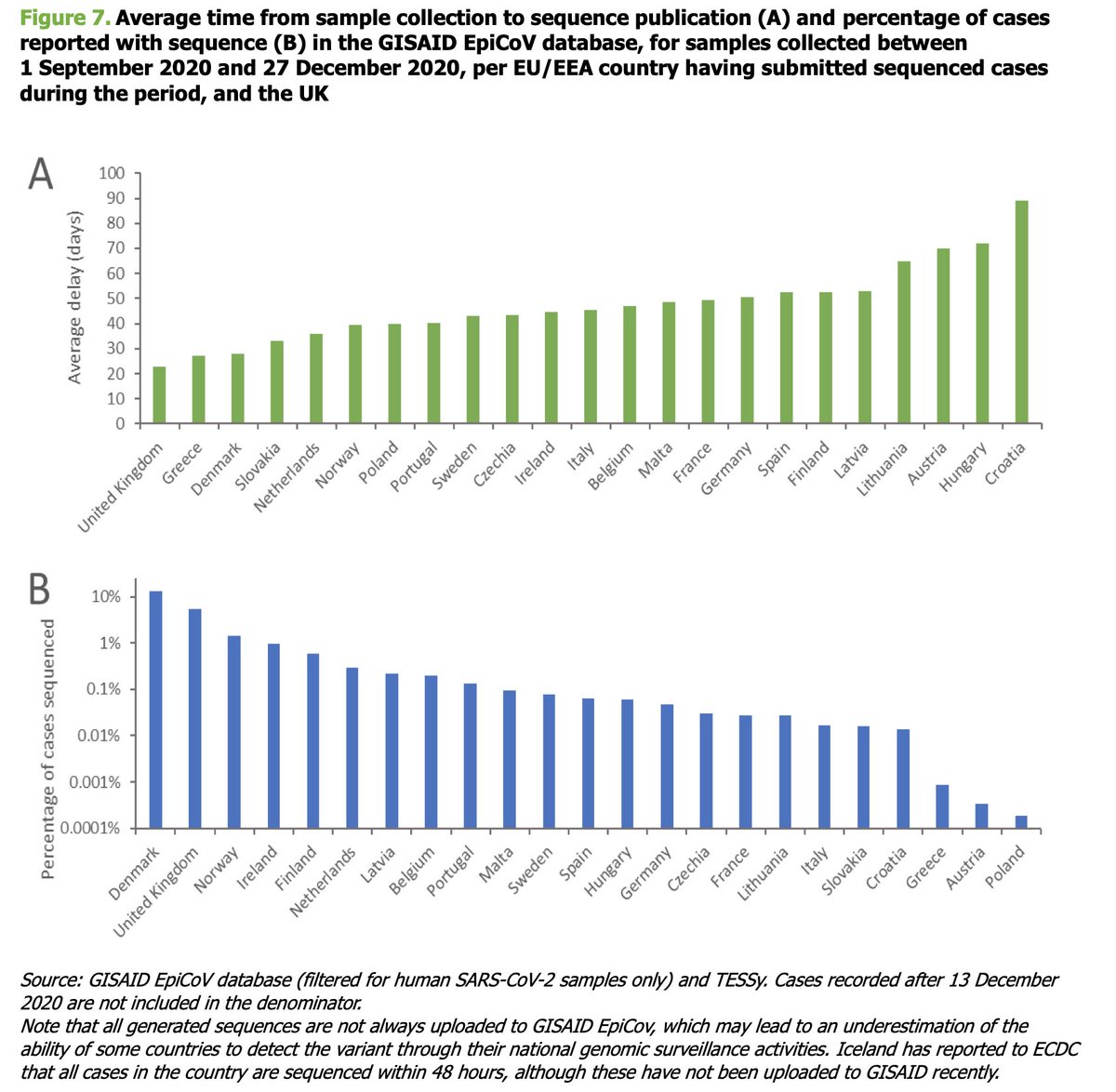
Interim results from Russia’s #covid19 vaccine Sputnik V are out and looking good.
Vaccine efficacy was 91.6%
And once again an even stronger signal on moderate/severe cases:
20/4902 in placebo group
0/14964 in vaccine group
Vaccine efficacy was 91.6%
And once again an even stronger signal on moderate/severe cases:
20/4902 in placebo group
0/14964 in vaccine group
https://twitter.com/thelancet/status/1356580678201204736
„The development of the Sputnik V vaccine has been criticised for unseemly haste, corner cutting, and an absence of transparency. But the outcome reported here is clear and the scientific principle of vaccination is demonstrated ...“
thelancet.com/journals/lance…
thelancet.com/journals/lance…
Authors end that comment in Lancet by pointing that the result „means another vaccine can now join the fight to reduce the incidence of #COVID19“.
12 countries are scheduled to start immunizations with Sputnik V this week:
Algeria, Armenia, Bolivia, Bosnia, Hungary, Iran, Kazakhstan, Palestine, Paraguay, Turkmenistan, United Arab Emirates and Venezuela
Algeria, Armenia, Bolivia, Bosnia, Hungary, Iran, Kazakhstan, Palestine, Paraguay, Turkmenistan, United Arab Emirates and Venezuela
• • •
Missing some Tweet in this thread? You can try to
force a refresh





